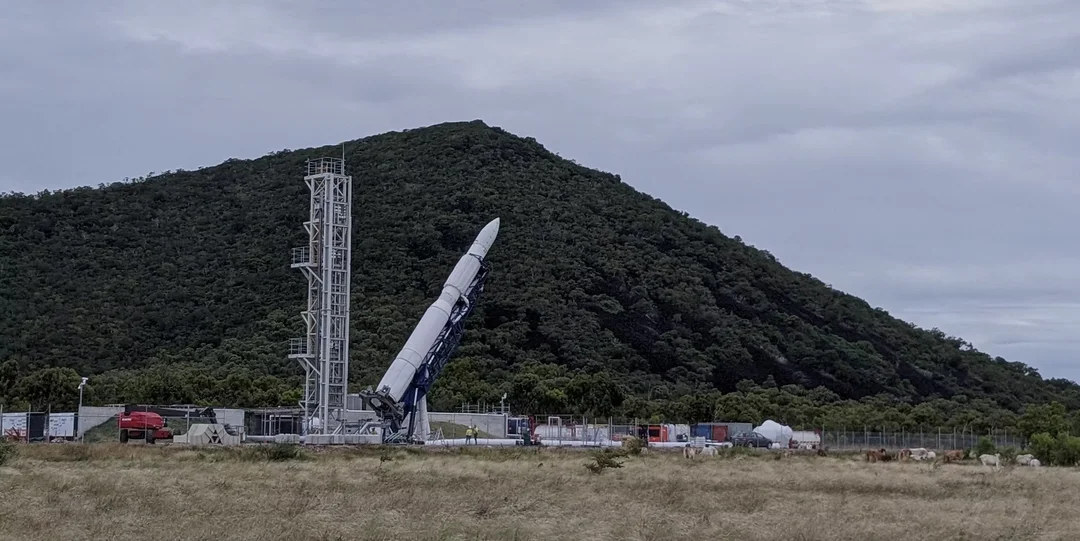
Australia’s Space Dream Delayed: Gilmour Space’s Eris Rocket Faces Setbacks Before Historic Launch
Australia's ambition to join the orbital launch club has hit a snag. Gilmour Space Technologies, an Australia-based company, was poised to make history with the launch of its Eris rocket, the first Australian-designed and manufactured orbital rocket intended to lift off from Australian soil. However, a series of delays, including a last-minute issue with the payload fairing, have postponed the highly anticipated TestFlight1.
Originally slated for May 15th (Australian time), the launch from Gilmour's Bowen Orbital Spaceport in northern Queensland has been pushed back indefinitely. The initial delay was attributed to an issue with the ground support system. Just as that hurdle was cleared, a problem arose with the rocket’s payload fairing, forcing another postponement.

"Last night, during final checks, an unexpected issue triggered the rocket’s payload fairing," Gilmour Space announced on X. "No fuel was loaded, no one was hurt, and early inspections show no damage to the rocket or pad." A replacement fairing is being shipped from their Gold Coast factory after a full investigation.
Despite the setback, the spirit of innovation and determination remains strong. Adam Gilmour, co-founder and CEO of Gilmour Space, emphasized the importance of the test flight, stating that "every second of flight will deliver valuable data that will improve our rocket's reliability and performance for future launches." This sentiment echoes the company's long-term vision to establish Australia as a key player in the global space industry.
Eris, an 82-foot-tall (25 meters) three-stage rocket, is designed to deliver up to 474 pounds (215 kilograms) to sun-synchronous orbit. The rocket's maiden voyage, designated TestFlight1, is intended to validate its systems and propulsion technology. The first stage is powered by four Sirius engines, a hybrid engine using 3D-printed solid fuel grain and Hydrogen Peroxide liquid oxidizer. A single Sirius engine powers the second stage, while the third uses a Phoenix engine burning liquid propellants.
The launch of Eris from the Bowen Orbital Spaceport is not just about launching a rocket; it symbolizes Australia’s aspirations for technological independence and economic growth. "Launching Australian-owned and controlled rockets from home soil means more high-tech jobs, greater security, economic growth, and technological independence," Adam Gilmour stated earlier this year.
The Bowen Orbital Spaceport itself is a significant achievement, representing Australia's first licensed commercial orbital launch facility. Developed in agreement with the Juru traditional custodians of the land, the spaceport allows for launches into low to mid-inclination equatorial orbits. This infrastructure is crucial for future space missions and research.
While the delay is undoubtedly disappointing, it highlights the complexities and inherent risks of spaceflight. The team at Gilmour Space is diligently working to resolve the issues and prepare for the eventual launch of Eris. The successful launch will mark a historical moment for Australia, solidifying its position as a rising force in the global space race.
The maiden launch will also mark the first orbital launch from Australian soil in over 50 years; a historical flight from the Woomera Test Range in South Australia lofted the nation's first satellite atop a modified Redstone rocket in November 1967.
Will Gilmour Space overcome these hurdles and successfully launch Eris, ushering in a new era for Australian space exploration? Share your thoughts and predictions in the comments below!